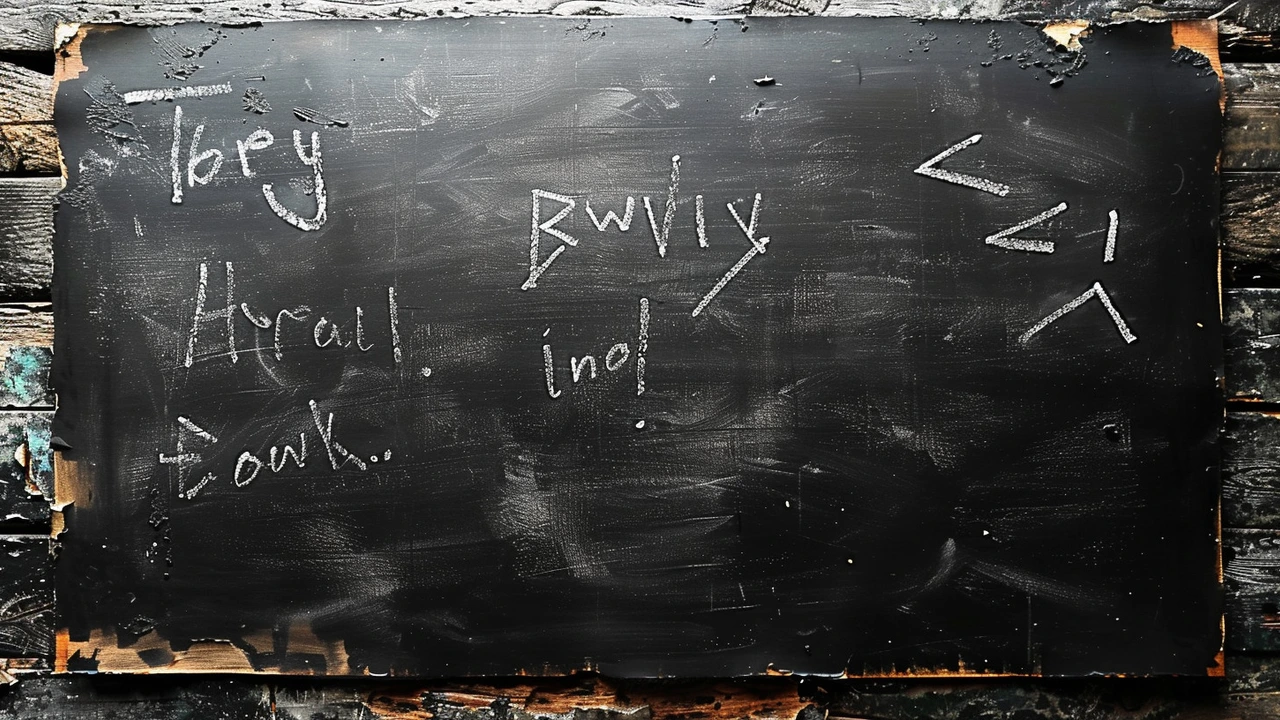Twitter and Tear Gas: Stay Safe, Document, and Share Wisely
Being near tear gas is scary and chaotic. If you plan to attend protests or follow them on Twitter, you can reduce harm and post useful information without putting yourself or others at risk. This page gives clear, practical steps for staying safe in the moment, doing quick first aid, and documenting events on Twitter in a responsible way.
Safety and First Aid
Keep it simple: protect your eyes, lungs, and skin. Wear sealed goggles (not regular glasses) and a well-fitted mask—an N95 or respirator if you have one. Avoid contact lenses; they trap particles and make eye irritation worse. If gas hits you, move upwind and to higher ground if possible; tear gas often lingers low to the ground.
If your eyes burn, don’t rub them. Rinse with clean water or saline for several minutes. Blink frequently to flush out particles. For skin, remove contaminated clothing, seal it in a bag, and wash exposed skin with soap and lukewarm water—do not use oily creams or bleach. If breathing becomes difficult, sit upright, loosen tight clothing, and get medical help. If symptoms are severe or last more than a few hours, see a healthcare professional.
Documenting and Sharing on Twitter
When you’re safe and want to post, think about accuracy and privacy. Capture short videos (10–30 seconds) and note time and location. A quick voice note describing what you saw and when helps context. Use screenshots to preserve posts that may be deleted. If you plan to publish footage of people, consider blurring faces or asking permission—this protects vulnerable participants and avoids doxxing.
Verify before you retweet. Check for multiple sources, timestamps, and obvious edits. Use official channels for medical or legal updates instead of rumors. Tag credible organizations (local medics, legal aid, reliable journalists) rather than amplifying unverified claims. Use clear, short captions and include warnings if footage is graphic.
Protect your phone and account. Backup raw files to a secure cloud or encrypted drive when you can. Turn on two-factor authentication for your Twitter account, and use a strong password. Be mindful of metadata: some photos include location—strip EXIF data if you don’t want to share your exact position.
Think ahead: pack a small protest kit with water, a cloth to filter air, saline or eyewash, spare goggles, a charged power bank, and a basic first-aid card with emergency numbers. If you’re documenting for others, coordinate with trusted groups and follow local laws to avoid fines or arrest. Legal observers or medics at large protests can also advise on safe documentation practices.
You don’t have to post everything. Sometimes the best move is getting yourself—and others—out of harm’s way. When you do share, aim to inform, not inflame. Accurate, calm updates help people make safer choices and give emergency teams useful leads. Stay safe, think before you tweet, and take care of yourself and those around you.
Exploring Digital Protests through 'Twitter and Tear Gas': A Deep Dive into Online Organizing
Bryant Alexander's book club embarks on a profound journey with 'Twitter and Tear Gas' by Zeynep Tufekci, examining the interplay between digital platforms and global protest movements. The reading reflects on the roles of technology in enhancing or hindering these movements.


